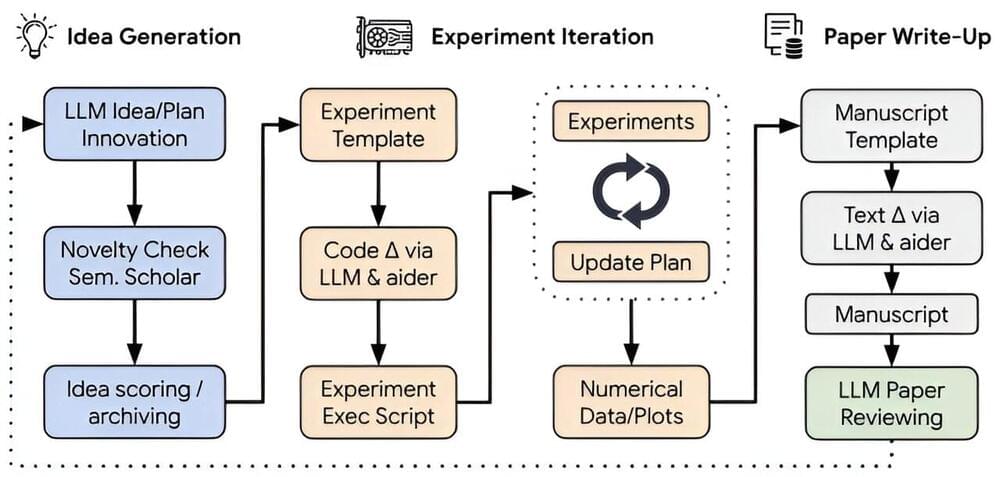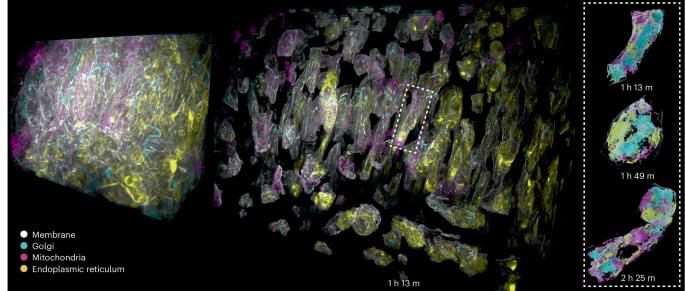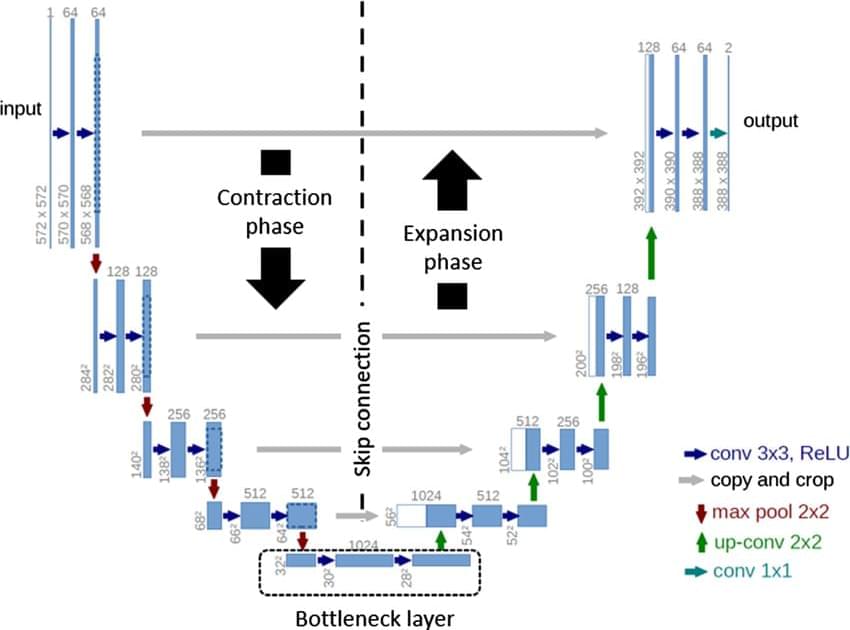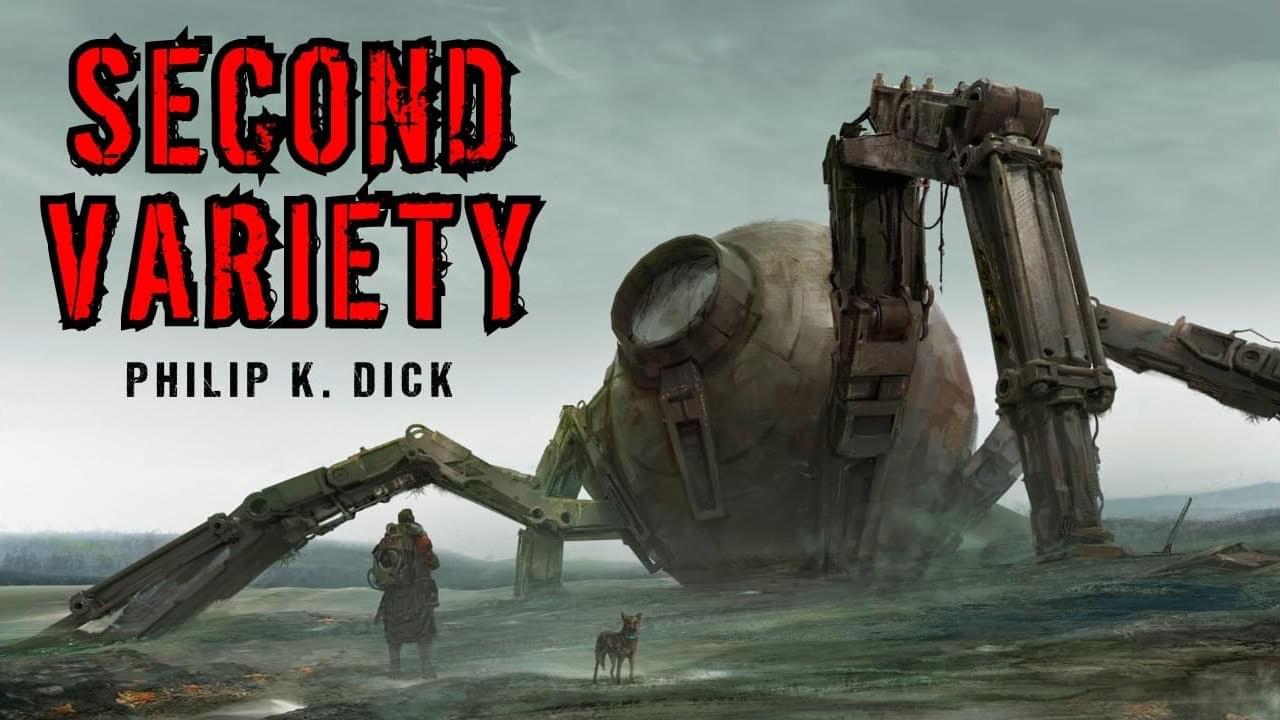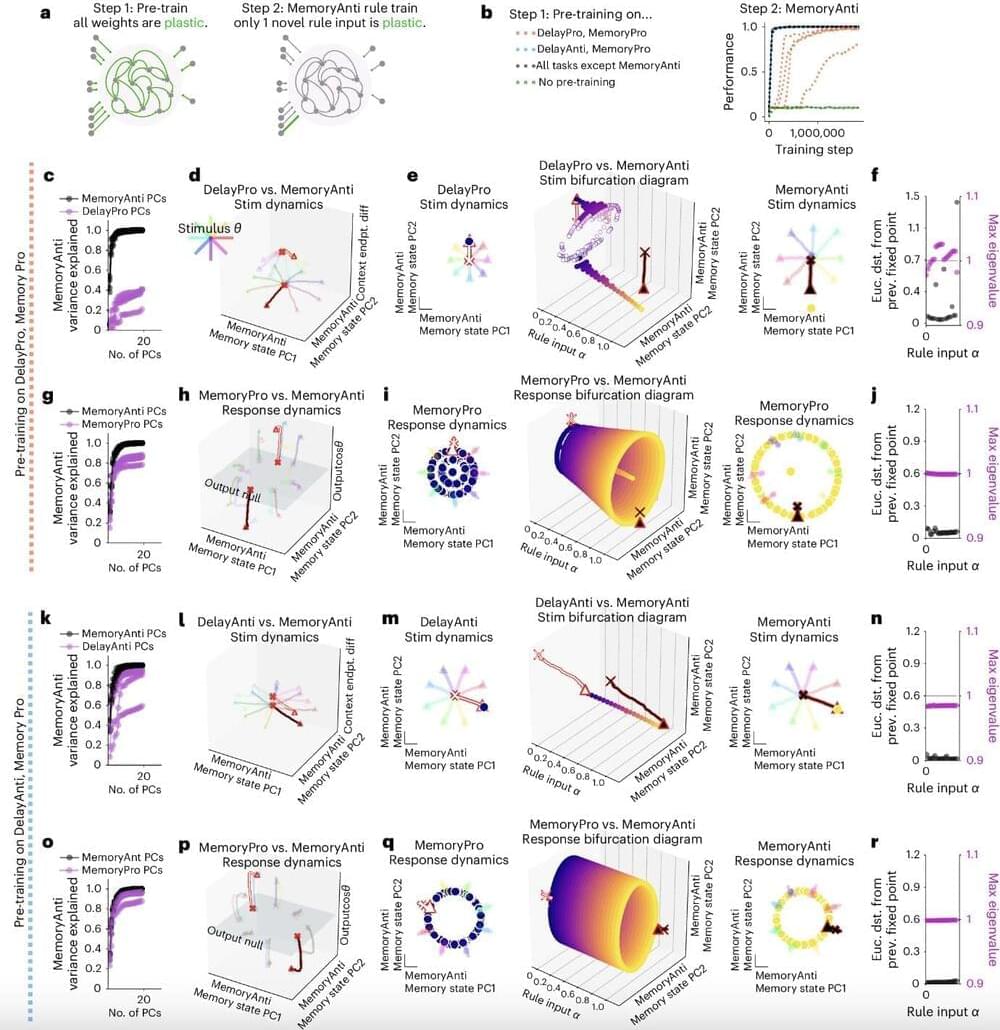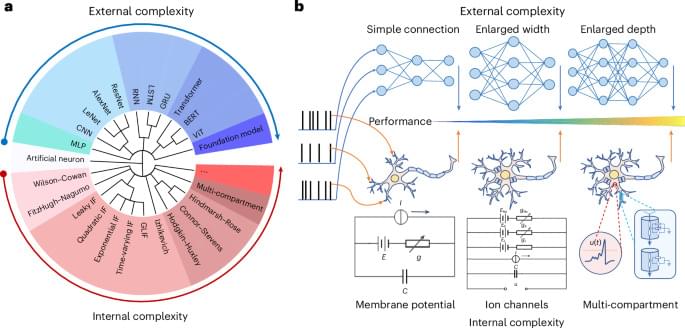Aug 18, 2024
‘AI Scientist’ model designed to conduct scientific research autonomously
Posted by Dan Breeden in category: robotics/AI
A team of AI researchers at Sakana AI, in Japan, working with colleagues from the University of Oxford and the University of British Columbia, has developed an AI system that can conduct scientific research autonomously.
The group has posted a paper to the arXiv preprint server describing their system, which they call “The AI Scientist”. They have also posted an overview of their system on Sakana’s corporate website.
Scientific research is generally a long and involved process. It tends to start with a simple idea, such as, “Is there a way to stop the buildup of plaque on human teeth?” Scientists then research other studies to determine what research has been done on the topic.
